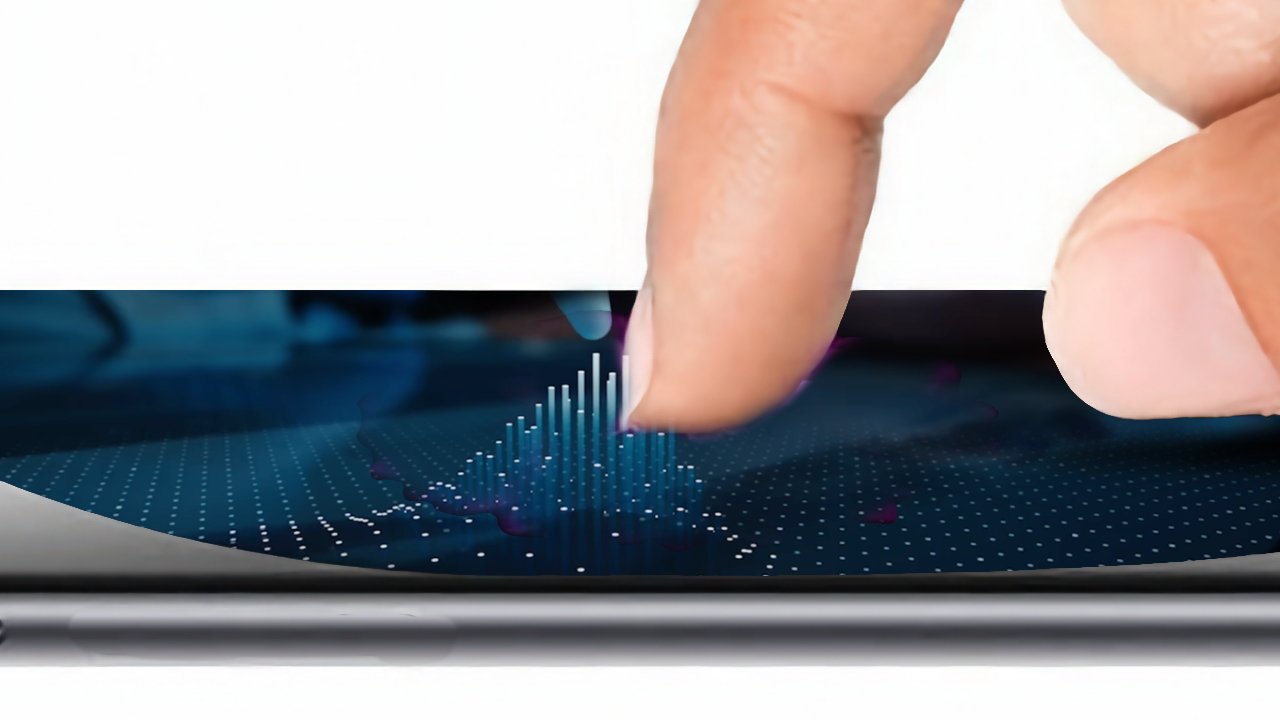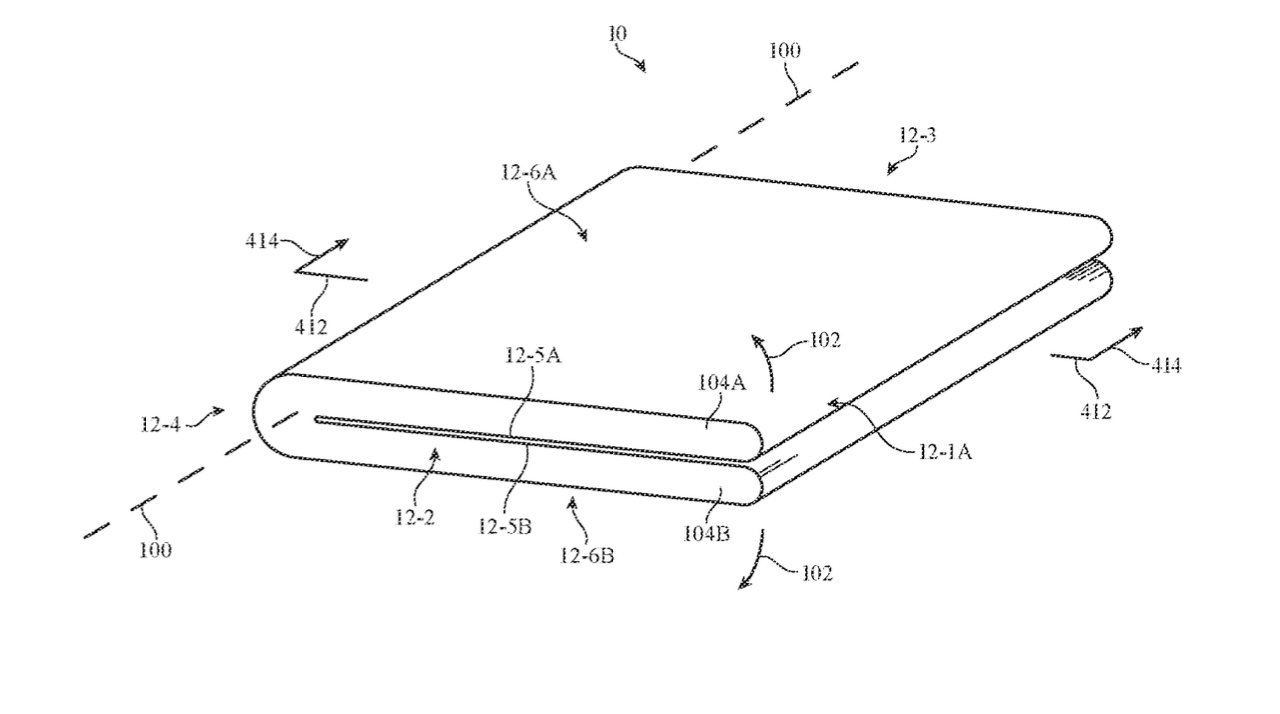Article Hero Image

AppleInsider may earn an affiliate commission on purchases made through links on our site.
Apple has been granted a patent for touch sensitive control areas including solid-state buttons on any surface of the current iPhone design, and a folding one.
The touch screen wasn't invented with the iPhone, but Apple did make it ubiquitous. Potentially as significant as the multitouch feature of the iPhone's front screen, though, is Apple's plan to add touch sensitivity to very side and edge of the device.
Newly-granted patent, "Electronic Devices With Display And Touch Sensor Structures," concerns a desire to make it convenient to tap, swipe or otherwise touch an iPhone to control it. However, it also includes some detail on how this could be achieved even if the iPhone is some future folding or curved one.
"It can be challenging to gather touch input from a user and to display images for a user efficiently," says Apple. "For example, when a user supplies touch input to a touch screen display, the user's hand may block images that are being displayed on the display."

"Buttons and other input devices may be used to gather input from a user, but this type of input device may not be as convenient and versatile as a touch sensor," it continues. "Displays are sometimes not visible from certain directions and may be smaller than desired."
Those are ultimately not that dissimilar from a regular design of iPhone in how the technology described in the patent would be deployed. In each case, there are differences in the chassis of the iPhone, but making them touch sensitive follows the same process.
The "control circuits, batteries, and other components" will be within the chassis enclosure, and that enclosure will have walls. "The walls may have opaque portions and transparent portions," says Apple, which "may include opaque plastic, metal, fiber-composite materials and layers of other materials with fibers, ceramic, and other opaque materials..."
Apple does make a distinction between the edges of a regular-style iPhone, and the curved ones of a folding device, and refers to what it calls "sidewalls."

"The front wall and portions of sidewalls may be formed from a glass layer or other transparent member," continues the patent. "A touch sensor layer and display layer may extend under the front and sidewall portions of the glass layer... [a] touch sensor layer may also extend under the opposing rear wall."
Much of the patent is concerned with detail such as how touch sensitivity "may have thin metal lines (e.g., nanostructures) that are sufficiently small to be invisible to the eye."
Touch could replace solid-state buttons
It's previously been rumored that the iPhone 15 Pro may cease to have any physical buttons at all. The claim is that instead of the volume or sleep/wake controls, the iPhone will gain touch or solid-state buttons.
This patent does support that idea.
"Touch input on sidewalls [could also] be used as a control for a camera (e.g., a virtual shutter button input)," it continues, "may be used as input in other virtual button scenarios, may be used in implementing a volume slider button or a slider button for controlling other device operations (e.g., screen brightness, color settings, contrast settings, etc.)."
However, it more often discusses designs where the buttons remain as they are now. "Openings may be formed in the walls [of the touch sensitive edges]," it says, "such as... to accommodate a button.
Use cases for touch-sensitive edges
As well as the technology and how the objective may be achieved, though, for once Apple does give some examples of what such touch control would be useful for.
"In gaming applications and other applications, it may be desirable to use a touch sensor on the rear surface...," it suggests, "to gather touch input while displaying associated visual information on a display on the opposing front surface of [the] device."
Apple's patent refers back to filings as old as 2013, but the company has also been granted related patents before. In 2016, for instance, a patent chiefly concerned with creating a wraparound iPhone, included touch-sensitive bezel in the design.